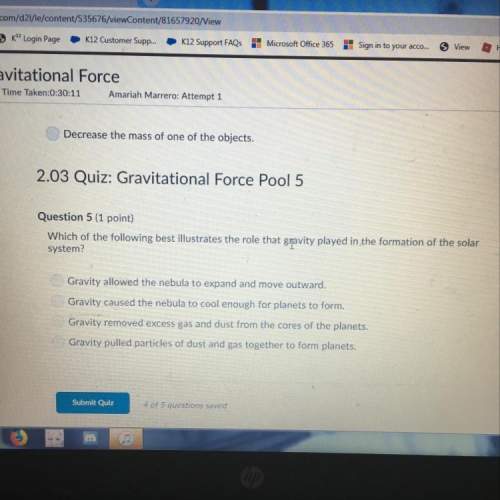
Objective (3 points)In your own words, what was the purpose of this lab?Skilled Scientist level from Rubric: The student clearly explained the purpose of the lab, showing critical thinking skills. Procedure:Investigate each of the three components of cell theory to investigate from the corkboard in the virtual lab:All organisms are composed of cells. Cells come from existing cells. Cells are the basic unit of life. For each section, record your observations below. Complete your report and submit it for grading. Data and Observations (27 points):Skilled Scientist level from Rubric: Data and/or observations were recorded accurately for each section; observations include important details, such as observable detail when appropriate. Investigation #1 (9 points): All organisms are composed of cells. What is the main function of each part of the compound microscope? Explain in your own words using information from the activity on page 7 of the lesson. PartFunctionEye pieceOcular lensObjective lensesSlideCover slipStageFocusing dialsLightCondenser lensObserve each specimen under the microscope, and record a description about its appearance. HINT: What do you see with your eyes? Describe the colors, shapes and how the cells are spaced. Specimen TypeDescriptionPlant cellAnimal cellBacteria cellInvestigation #2 (9 points): Cells come from existing cells. Observe the two flasks, and record information about their appearance. HINT: What do you see with your eyes? If nothing has changed write "no change"DayFlask with open (broken) neckFlask with intact neck12345Investigation #3 (9 points): Cells are the basic unit of life. Observe the two petri dishes, and record information about their appearance. DayPetri dish (on left) containing agar plus nutrientsPetri dish (on right) containing agar without nutrients12345Conclusion (10 points):Use your data to answer the following questions in your own words. Use complete sentences, and be as detailed as possible. Skilled Scientist level from Rubric: The student demonstrated excellent critical thinking and problem solving skills when answering the conclusion questions. Answers and ideas were expanded with unique details that were novel and showed creative thinking. How did scientists discover that all living things are made of cells?HINT: Review Investigation #1 for help on this question. How did Pasteur’s experiment with the flasks help disprove the idea that living things could just appear or come from nonliving things like water and air?HINT: Review Investigation #2 for help on this question. Why are nutrients needed for living things? Describe the difference between living and nonliving things. HINT: Review Investigation #3 for help on this question. TO SUBMIT YOUR COMPLETED FILE FOR GRADING:

Answers: 2
Other questions on the subject: Chemistry


Chemistry, 22.06.2019 02:30, fordkenae
24 points and brainliest to anyone who can answer under 10 minutes with best ! the table below shows the role of different substances during photosynthesis. substance role during photosynthesis glucose stores chemical energy water combines with glucose to form carbon dioxide chlorophyll traps sunlight which of the following statements would correct one of the roles listed in the table? glucose combines with carbon to form water. chlorophyll reacts with light to produce carbon dioxide. water combines with carbon dioxide during photosynthesis. chlorophyll stores chemical energy needed for photosynthesis.
Answers: 1

Chemistry, 22.06.2019 13:00, devontemiles8868
One of the hopes for solving the world's energy problem is to make use of the fusion reaction 21h +31h --> 42he + 10n + energy how much energy is released when 1 mol of deuterium is fused with 1 mol of tritium according to the above reaction? the masses of the atoms and the neutrons are as follows: 21h = 2.0140 amu 31h = 3.01605 amu 42he = 4.002603 amu 10n = 1.008665 amu. the speed of light is 2.9979 x 108 m/s.
Answers: 1

Chemistry, 23.06.2019 01:00, birdman2540
Which of the following is in the lanthanide family? a) uranium b) promethium c) silver d) gold
Answers: 2
Do you know the correct answer?
Objective (3 points)In your own words, what was the purpose of this lab?Skilled Scientist level from...
Questions in other subjects:


History, 02.10.2020 15:01

Law, 02.10.2020 15:01


English, 02.10.2020 15:01




History, 02.10.2020 15:01

Mathematics, 02.10.2020 15:01







